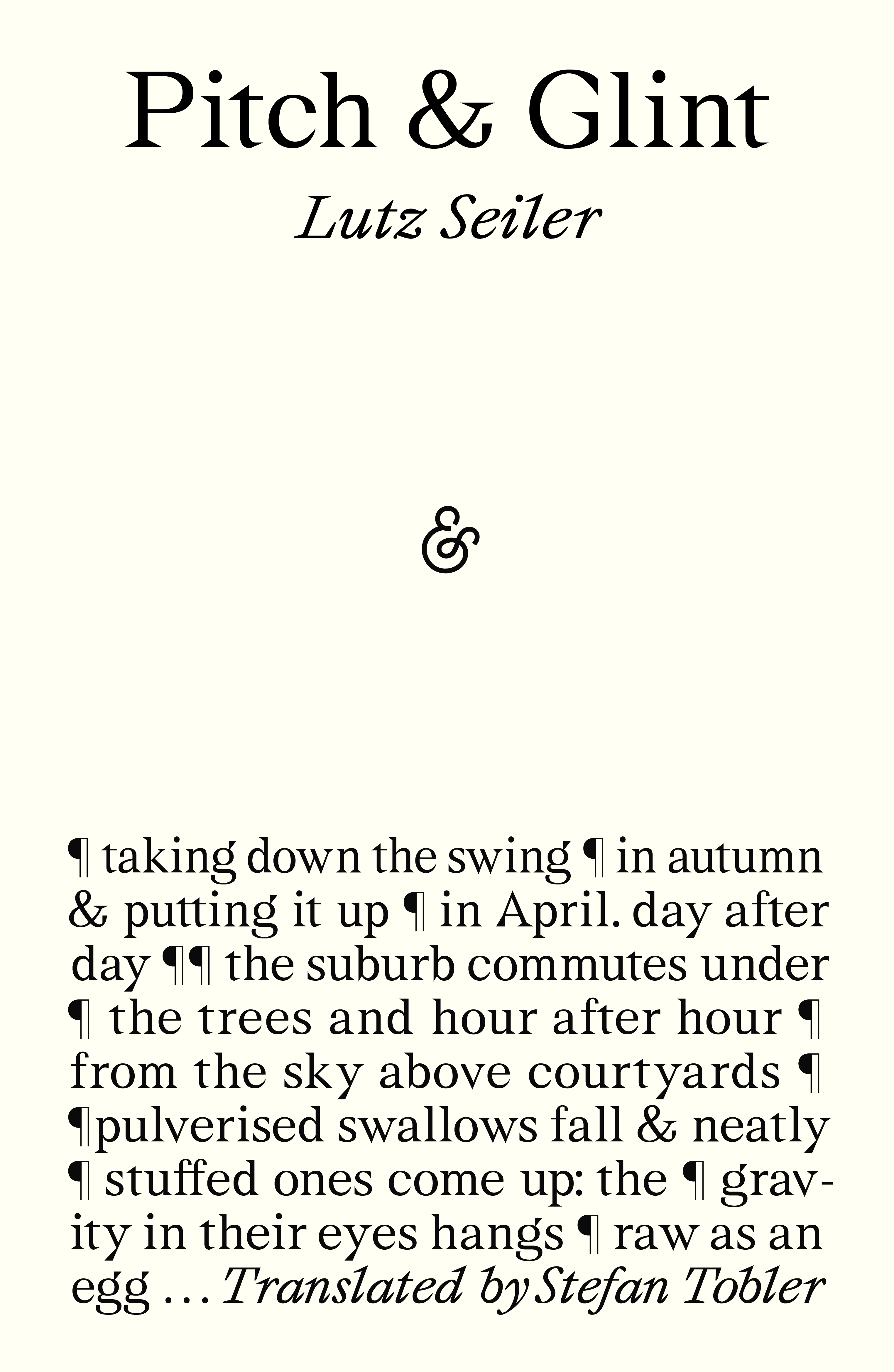Reading the torrent of press-releases and blurbs on the many – and ever-growing – contemporary poetry collections over time, one starts to notice a distinct recurrence of certain buzzwords: searing is a regular participant, as is honest, and urgent, and unflinching. All of these words share a common indistinctness; each appeals to timeliness and/or some kind of apparent bravery; and each actually means extremely little.
But without a doubt the lord of vague and laudatory adjectives is powerful. Publishers and publicists like to say that this or that is ‘a vital and powerful comment on/response to our times’. They dislike specifics, rarely revealing how a poem might be powerful, or in what way it might generate a sense of power, or explaining what power might mean to the inert ink of verse, other than as a means to sell it. More often than not the poetry behind the publicity is, in fact, rather weak, and the only shadow of power it galvanises is through its brazenly unmediated allusions to the poet’s biography or contemporary political incident. Powerful, then, is a byword for ‘of the moment’ – a very dubious form of power.
Thankfully, Pitch & Glint – a new translation of the groundbreaking work from German poet Lutz Seiler – is properly powerful. That is, it generates – towards its reader – a power of intensely sustained linguistic labour and experimentation, and an unyielding attention to the history of language and language-as-history. First published in 2001 as pech & blende, it is a collection not without biographical reference, being deeply indebted to Seiler’s upbringing in the Erzgebirge (‘Ore Mountains’), located in what used to be East Germany, a land ruthlessly mined by Soviet Russians for its large amounts of uranium ore. (Indeed, ‘pech & blende’ is an atomic splitting up of the name for the radioactive material urananite, which in English was known as pitchblende.) It is also hard to ignore – once you’ve read the precise structures of his writing – the fact that Seiler’s grandfather was a miner, and Seiler himself worked as a bricklayer and carpenter, as well as being a trained construction worker.
But it is through these facts that Seiler shows us how the incidental circumstances of a person’s life can transcend their locality: that is, he works the personal into a node for a diversely responsive historical imagination. Divided into six sections, it is a lyric sequence poised around, as one poem has it, ‘his Geiger counter heart’, a phrase that tells us much: personal history (Seiler’s uranium-inflected youth) and poetic form are fused, ‘counter’ being a measuring device for both radioactivity and metrical units of verse, as well as a word for response, as in ‘counter-rhythm’, or -point, or -strike. The ‘heart’, then, is the contrapuntal force and measure of Seiler’s verse.
And it is through this that a person can become a persona. Or, as Seiler himself puts it: ‘Objects are not important for their past reality, but as part of our perception, of hearing or seeing, of the very sensations they once helped to shape. They are the go betweens and indirect paths taking you to the poem.’ The power lies not in the facts of a particular existence, but in the poet’s strenuous ability to work these facts, using the techne of poetry, into morally inquisitive lineations.
Take, for instance, the beginning of the long poem that ends the sequence, ‘sixty-nine, old century’:
on wood the footsteps recall to themselves the darkness
the hourly break, the bell that rang above the stairs, the slaps
on the nouns to salt our memory. crouched
& deafened behind the ears
time stalled.
Here we can see many of the techniques and subjects with which the poems are generally concerned: awkward line-breaks and run-on sentences (‘the darkness | the hourly break’); a disregard for standard capitalisation (‘memory. crouched’); the industry of Seiler’s childhood (‘the hourly break’); a kinship with Paul Celan, and perhaps J. H. Prynne. But above all it there a presiding interest in memory and time, and how their complexities might be channelled through the Things that populate a life, by ‘the footsteps’ that pursue you and ‘the bell’ that reverberates across a darkling remembrance, keeping time through sound. In such an intense mode of cathexis, even ‘the nouns’ themselves become vital objects: it is a writing structured by the ethical implications of the definite article.
 It is a sign of good writing that one wonders what might be lost in translation. For instance, capitalisation, or its absence, means something different in German: Seiler is resistant to capital letters throughout the original pech & blende, and in a language in which nouns (let alone titles) are usually capitalised, the omission cannot be felt with the same grammatical force in English. Or else consider the neologism: so willingly possible in the German tongue, it is more difficult to pass off in translation. This is a shame because in a collection so concerned with the tectonic (and technical) processes of time and the pitiless march of human industry, the neologism offers, at the level of the word, a flashing portal to both past and future worlds.
It is a sign of good writing that one wonders what might be lost in translation. For instance, capitalisation, or its absence, means something different in German: Seiler is resistant to capital letters throughout the original pech & blende, and in a language in which nouns (let alone titles) are usually capitalised, the omission cannot be felt with the same grammatical force in English. Or else consider the neologism: so willingly possible in the German tongue, it is more difficult to pass off in translation. This is a shame because in a collection so concerned with the tectonic (and technical) processes of time and the pitiless march of human industry, the neologism offers, at the level of the word, a flashing portal to both past and future worlds.
Being a good translator, Tobler has considered this, and takes the time in his afterword – ‘Memory Salt’ – to consider the specific example of Seiler’s Merksatz and the difficulty of unfolding all of the compacted meaning this has in its source tongue. Nevertheless, Seiler’s work has been translated with obvious thoughtfulness, thoroughness, and good humour, and wondering about what goes astray from language to language is not by any means a criticism, only a hope that, in the near-future, a bilingual edition of Seiler’s work might come to light.
Like the uranium that underlaid his childhood, Pitch & Glint burns with an unstable power, which can result in some tough going for the reader, as lines twist themselves into intensely pressurised configurations. But the earthy calibre of Seiler’s verse deserves hard working, and with some effort we will learn more about the history – and future – of human powers: of childhood’s hold on our adult forms; our ruthless desire for industry and its dark tremors; the establishment and passing of territories (like the GDR); or else the spectral return of catastrophic forces that never truly left, as with the nuclear tension in Ukraine. It is a fundamental trouble of our past earth brought assiduously to present air:
each poem moves slowly
from above to below, from below
to above, retains
its stubborn nature, which still
turns out its burnt-out flower heads
towards the sun.
- Pitch & Glint by Lutz Seiler, translated by Stefan Tobler (And Other Stories, £14.99)
- More book reviews on theartsdesk















Add comment